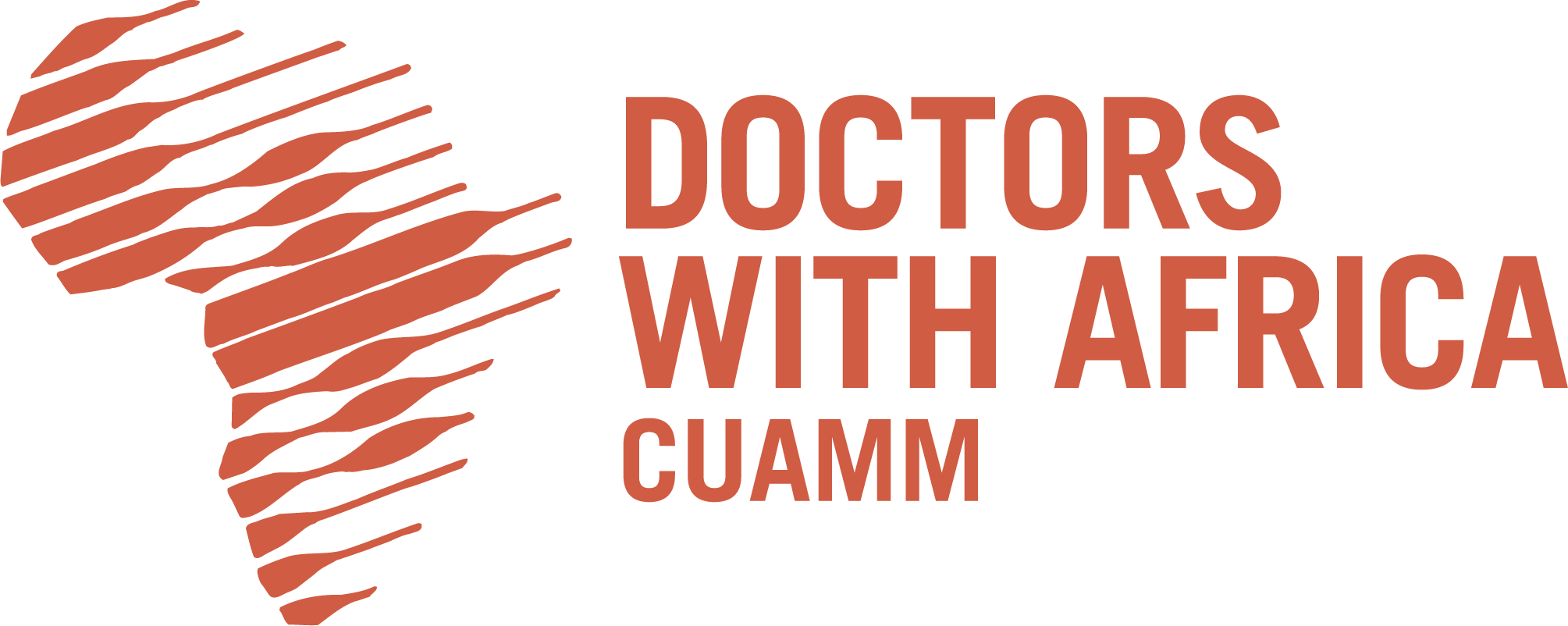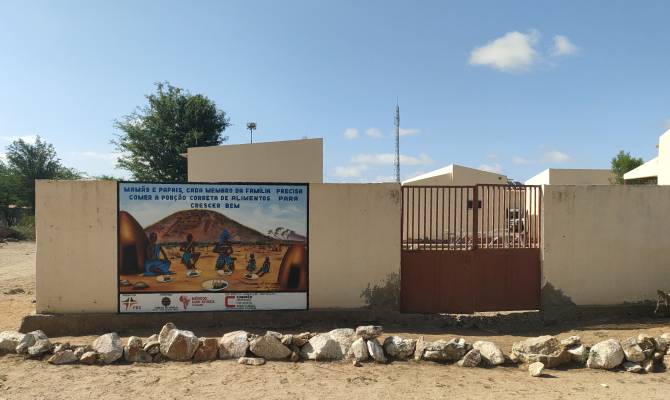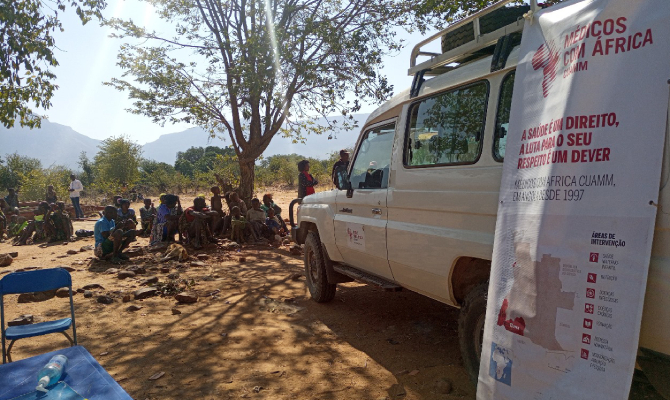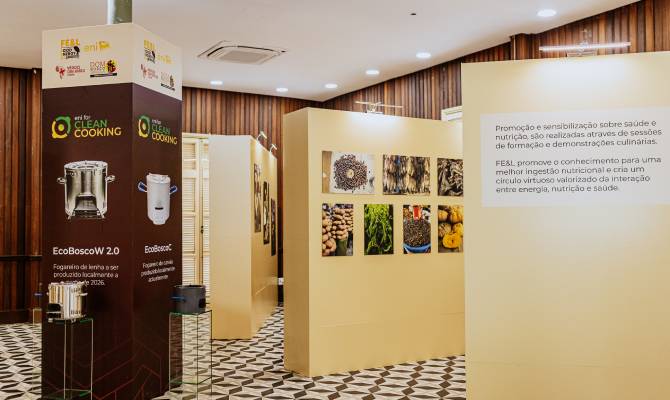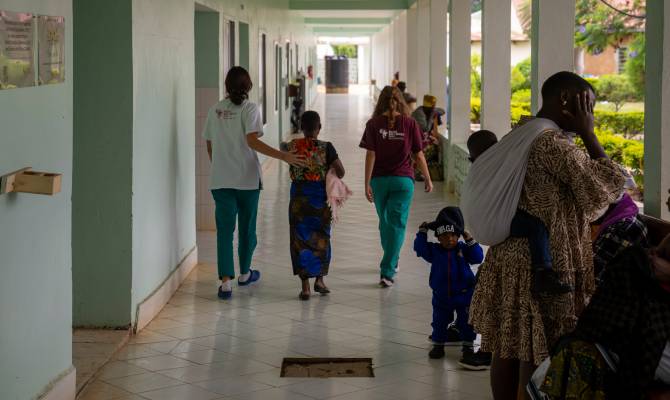Moms and dads, everyone in the family should eat the right portion of food to grow up healthy.
For a few weeks now, on the outer wall of Cainde health center, there has been a large, colorful mural with a bright blue inscription that says, “Moms and dads, everyone in the family should eat the right portion of food to grow up healthy.” We are in a small municipality in the Namibe province, southern Angola.
Painted by local artists, the mural depicts a woman holding a newborn baby, surrounded by her family: two men and two children. Each one has their own portion of food: funje (traditional food made of cassava flour), chicken, and vegetables. However, in reality, this rarely happens in the rural communities of Namibe, where cultural traditions are compounded by food scarcity caused by drought, which renders the land dry and hinder the chance to cultivate.
Here, more than anywhere else, raising awareness about nutritional education is crucial, and a vibrant mural can help convey the message. Yet, it is equally essential to reach the most isolated groups, identify cases of malnutrition, refer them and support health centers with food kits necessary for children in treatment.
This is what CUAMM does every day, together with our local partners, to ensure food security for communities and, above all, healthy growth and development for children.
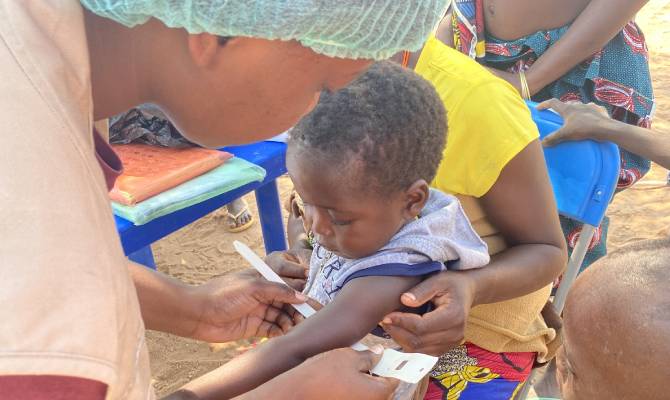
CUAMM’s intervention
Promoting food security in Namibe province is one of the goals that CUAMM, together with FEC and Caritas Angola, has been pursuing over the past two years. This effort includes community-level screening and awareness activities, as well as support for healthcare facilities in the Virei municipality.
Since the project began in December 2022, 140 mobile health clinics have reached nomadic and semi-nomadic communities in nine different villages, offering nutritional screenings and facilitating the referral of patients with severe and moderate acute malnutrition to health units for therapeutic programs.
As part of the initiative, 10 health units have received monthly supplies of food kits for children with malnutrition and for pregnant or breastfeeding women in vulnerable conditions. Educational campaigns have also been organized at various times in schools and health centers to raise awareness about nutrition, breastfeeding, malnutrition, vaccination, and hygiene. These sessions have also included cooking demonstrations in the municipalities of Virei and Cainde.
To amplify these messages and reach an even wider audience, local artist Sanduaya has spread awareness through a song, performed in schools, health centers, and other gathering places.
In a region highly vulnerable to prolonged droughts, recognizing the link between environmental crises and health is key to providing a sustainable and effective response over time. With this perspective, bringing healthcare services closer to local populations through outreach strategies—such as mobile clinics—becomes essential.
